The motor industry in Europe and the US in the early 1900s led to the mad rush for plantation rubber in British Malaya (Malaysia now). There was not enough supply of rubber gathered from the Amazon rainforest of Brazil.
A large part of British Malaya was cleared of its forests and planted with rubber trees. Roads and railway lines were laid out to transport smoked rubber sheets to make tyres to ports and exported to UK and the US.
Financiers in London formed financial syndicates to open-up rubber plantations in British Malaya. Many financial syndicates listed their vehicle on the London Stock Exchange. Thus, more lands were cleared to plant rubber trees in British Malaya. Many young Scottish men went to British Malaya to seek their fortunes by becoming rubber planters.
Before the 1900s, many British farmers were involved with coffee plants and reluctant to switch to rubber, which had unknown market. However, Sir Henry Ridley, a government official, believed in the potential the plantation rubber industry. A few British Advisors to the Malay States in British Malaya worked hard to convince British farmers and local Chinese businessmen to consider rubber trees. One British Advisor to the Malay State of Perak, Sir Hugh Low, planted a rubber tree near a polo club at the royal town of Kuala Kangsar, Perak.
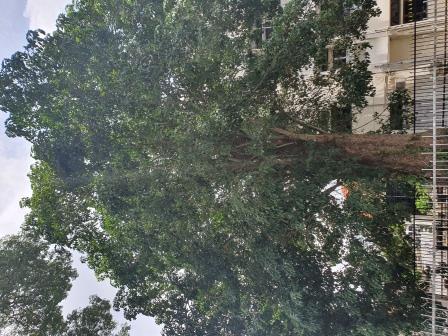
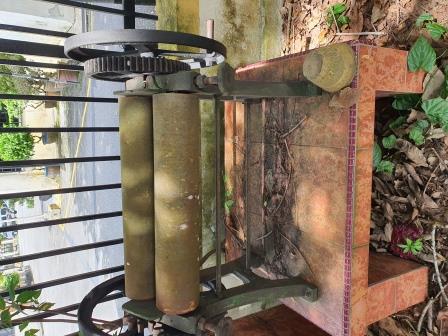
I visited the huge rubber tree two weeks ago. A plaque near the rubber tree noted the rubber tree was planted in the 1880s by Sir Hugh Low to convince the locals to plant rubber trees in a big scale.
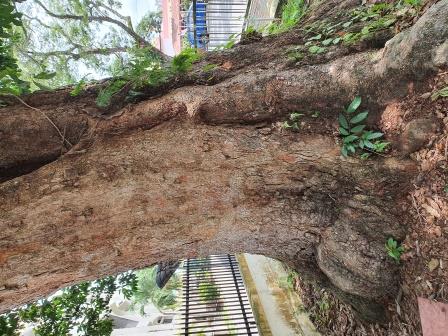
Then, the rubber tree could only be tapped for rubber latex after 7 to 10 years. Today, the rubber tree can be tapped after 3 to 4 years. As seen in the photos, the oldest rubber tree has a huge trunk as compared to a smaller trunk of today’s rubber trees.
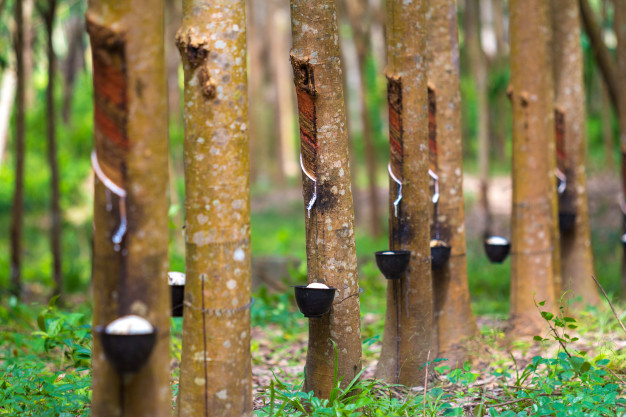
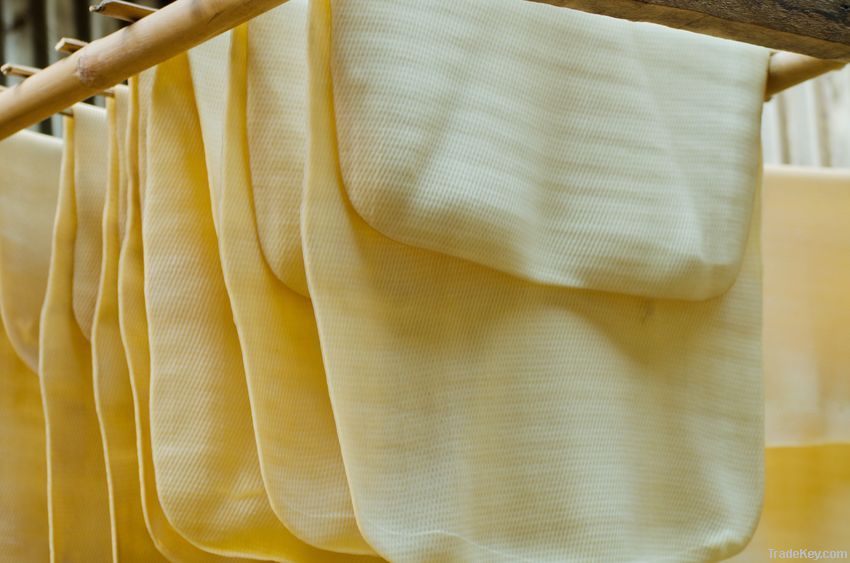
I used to walk passed the oldest rubber tree in Malaysia as a student at the nearby famous Malay College in the 1970s. The rubber tree is still thriving after 140 years.